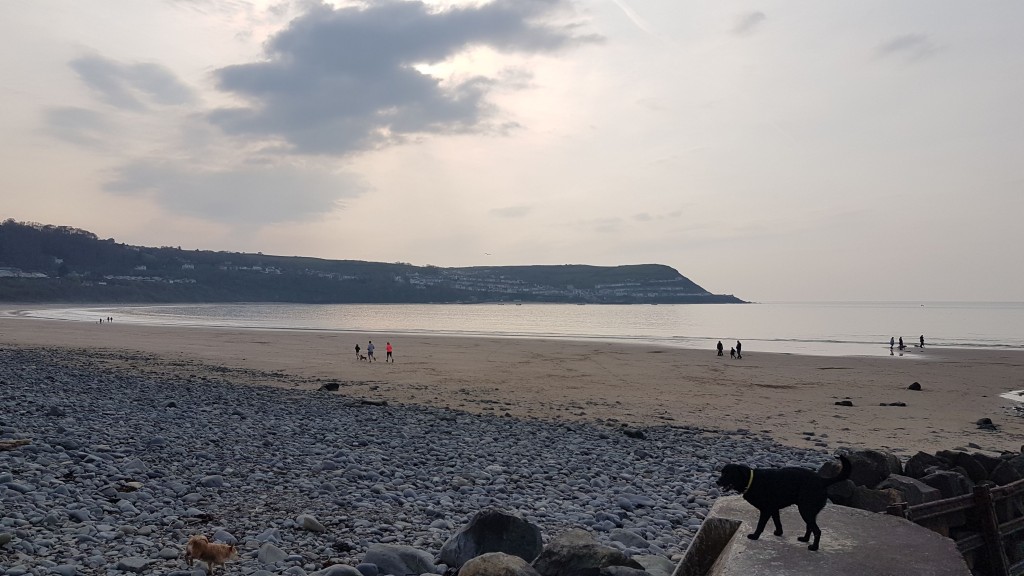This week work experience volunteer Harry has been celebrating national picnic week like a true conservationist and exploring ways that we can reduce our impact while still enjoying the outdoors! Keep reading to hear his top ten tips and tricks to help make tiny changes that make a huge difference.
It’s national picnic week, which is a great excuse to have plenty of fun days out enjoying time with family and friends in the presence of nature. Here are my favourite top tips to have an environmentally friendly picnic!
1. Have a think about packaging
When transporting your foodstuffs, make sure to take them in reusable packaging, such as Tupperware or jars, so that you don’t leave any trash behind and don’t keep buying disposable forms of food transportation.
2. Use reusable cutlery
Bring as little cutlery as you can, possibly even none! Plastic cutlery can easily end up in landfills and oceans if not disposed of properly, however if cutlery is needed it is wise to avoid that made of bamboo, as it tends to be shipped from long distances and has quite a large carbon footprint, therefore, metal cutlery or other wooden forms are your most eco-friendly options.
3. Make the change from plastic straws
An extremely important point is not using plastic straws they will end up in landfills and the oceans. They can and will be consumed by animals, and can lead to their deaths. Reusable alternatives such as metal ones are an easy and affordable switch to make.
4. Reuse your reusables!
Speaking of reusables, make sure to actually reuse them! They are built to last much longer than their alternatives and you may be able to use them more times than you think! Throwing them away leads to even more adverse detrimental effects on the environment.
5. Use easily compostable and recyclable products
Another ‘eco-friendly’ product to be wise to is compostable plastics, the majority recycling centres are unable to process them properly and it is disputed over whether or not they truly are completely compostable, so if you want something that is known as completely compostable/biodegradable, paper plates and cups are the way to go!
6. Dispose of your food properly
Disposing of your uneaten food properly is vital to the well-being of local wildlife as well. Ideally, you want to pack the exact amount right of food for everyone and finish absolutely everything, however it is inevitable that many picnics will end up with uneaten food. If possible and safe, this food should be kept to eat another day, however if this can’t be done, make sure that your food isn’t left in a way where local wildlife will be able to get at it. This can greatly unbalance an ecosystem as it disturbs the predator-prey relationship with new food sources, and cause a whole variety of problems!
7. Use ocean friendly suncream
When out on your picnic, a popular spot is a beach! So, sunscreen is a must! However, if you can, make sure to buy an ocean friendly sunscreen, as if you’re going swimming, it can harm the local habitats and wildlife, especially our reefs (which go through enough damage already!)
8. Keep it local
When choosing the location for your picnic, try keeping it local! Having to drive in the car is obviously not the eco-friendliest method of travel, and another way to minimise your carbon footprint is to try source your food from local sources, as it reduces the distance that your food has travelled to you.
9. Use your barbecue wisely
If you’re having a barbecue, it is also worth keeping this as environmentally friendly as you can. If you have a gas/electric grill, turn it off when it’s not in use or if you have a coal/charcoal grill, consider upgrading to a more modern gas or even solar powered grill as these have far fewer environmental consequences.
10. Clean up!
And finally, at the end of your picnic, clean up! The worst thing you can do is leave all your trash and food out in the open which will have the greatest negative impact on your local area, and if you can, leave it more beautiful than when you arrived, clean up the litter left by not only yourself, but by others – help keep it preserved for you, others, and the wildlife so that it will stay a lovely picnic spot for years to come.
Article written by work experience volunteer Harry Holberton

























